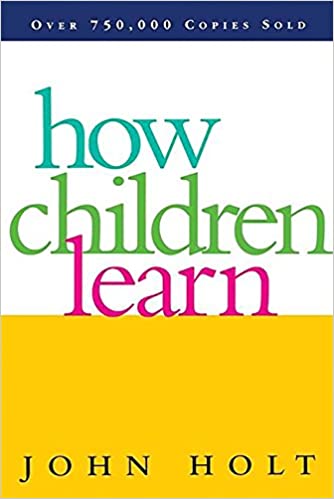 This is a wonderful book that shows by example how children learn. It talks about how very young children learn about arts, how they learn to read, write, talk, draw, think, how they learn maths and chemistry and physics, all in their own way and their own rhythm. It tells about curiosity, about the love for knowledge – not all knowledge, but that with which the child resonates – about the courage to ask the questions that really matter and give the answers that invite to more discovery.
This is a wonderful book that shows by example how children learn. It talks about how very young children learn about arts, how they learn to read, write, talk, draw, think, how they learn maths and chemistry and physics, all in their own way and their own rhythm. It tells about curiosity, about the love for knowledge – not all knowledge, but that with which the child resonates – about the courage to ask the questions that really matter and give the answers that invite to more discovery.
It also talks about how the traditional schooling system is sometimes insufficient, and suggests homeschooling could be the answer – though I strongly doubt it is.
One might argue that the writer bases his conclusions on just a handful of personal observations. They would be right, because Holt only uses personal hands-on examples from his observations of how children learn. But he uses enough examples so that the reader will make sense of what Holt means: that each child is different, has different likes and dislikes, different tastes, different ways of seeing the world and making sense of it. Although I would steer away from the word “unique”, because I am sure we can find patterns even in children’s behavior / learning. If we can learn that, and more importantly, if we can accept that our child is not a mirror reflection of ourselves but a human being entirely different from us, then we can truly navigate the waves of parenting in a better, more empathetic way.
In that sense, the book is full of examples of children doing various things at different ages, on various topics and due to a diversity of reasons. That’s what I loved most about this book. That’s what I needed to read about in this book.
I find this book valuable as it shows how each child is different in the way they discover the world and make sense of it.
As adults, our expectations from children should be non-existent. Never instill your own expectations of how your child should react/behave/learn/discover on them, because they have their own innate tools to help them discover and make sense of the world. We had our tools growing up, which were different from our parents’ or from what our parents expected from us and so on.
I read this book during a tumultuous time in our home; my almost 3yo toddler is now going through a (rather) rough phase: extreme emotions, extreme demands and extreme questions about the world make him burst into cries, tears or pure screaming and hitting that makes me want to crawl 2m underground and just forget I exist.
But in his doing so, I understand that’s when he needs me the most. I see him screaming that I should leave the room, yet the moment I do he screams for me to go back because he needs to know I am there. That’s when the world becomes too much for him and all he can do is cry out loud. He’s not doing it to test my patience or his limits. This is a different situation with different reactions. He’s doing it because he simply can’t cope with his feelings, whether this occurs as a result of me not allowing him to do something (because he might get hurt, for example), because he is tired, hungry, or because he’s had too much information to sift in a very short time frame (like when he returns to kindergarten after a longer break).
And as difficult as it is for me to get close to him during those times, to understand him or to accept his bursts, I know that this is an important part of his learning about the world. He knows boundaries and they are respected, but this is not about him being taught something, but about him learning (which are two different things): how I react to these powerful emotions teaches him something about the world, about the trust he can have in me as a parent, about the rules in our house, about the confidence he has in himself and about so many things I could probably never even put into words. It “only” took me 2.5 months of daily tantrums that sometimes lasted for hours to figure it out, but I finally get the feeling that I’m coming to wits’ end.
Going back to the book and related to what my toddler is going through right now, I feel that as we navigate together through these deep, powerful emotions, he will not remember how I reacted to his tantrums. He will remember how my reactions made him FEEL. In everything that I do, I am teaching him lessons about life, about social behavior, about emotions, about family and what family is. These lessons translate into feelings, and feelings are all that remain once the tantrum is over.
So, in all this uncertainty that I discovered parenting to be, and whenever he goes through a tantrum, I always ask myself: how do I want my child to remember me reacting when he’s going through a rough time? What do I want to teach him through my behavior? Do I want to teach him that shouting, screaming or hitting is a solution? Or do I want to show him that I am RIGHT THERE when he most needs me, when he can’t make sense of the world, when he is LOST, desperate and panicked? Do I want to give him boundaries that help him navigate through life, or do I want to instill MY vision of how he should react to what happens to him?
Of course I am forever asking myself if I’m doing the right thing.
But I am darn sure so is he.
And, just like me, he also needs to know that it’s OK. It’s OK to feel lost, angry, desperate. And what feels difficult today will be easier tomorrow. And I’ll be there, always and forever, I’ll be there when he feels like that.
That’s what I want him to learn and to remember.
Children learn by example, but they don’t always need to be intentionally shown HOW to do things. They can learn by watching, by observing, by taking mental notes of processes, procedures, techniques etc. they will learn by example – most of the time, YOUR example as a parent.
Whenever we want to teach them something, we first need to see if children are interested in learning about that thing. And if they are, we can allow them the time, space and curiosity to discover it on their own, and only afterwards come with our own suggestions, findings etc. if they’re requested.
I gave this book 4 stars not because I don’t agree with what it says, but because its presentation is at times difficult to digest. Personal examples are fantastic when the author talks from his own experience, but I must confess that’s now how all adults make sense of the world – just like not all children possess the same learning processes. In reading the book, and the examples provided by Holt on how he himself makes sense of the world, I often found myself puzzled (like for example the stories about the loom & about the rubik cube) because the way he figured out how these things work is simply not the way I do it. And I sometimes felt Holt generalized upon how adults learn something new by using his personal experience, whereas he insists children are unique in their learning.
Aren’t we all…?
I have just finished reading this book a few minutes ago. More could be said about it, definitely, and in a more objective way. Maybe sometime I will spare a few more minutes to talk about it, about how it made me feel, about what I learned from it and the things it helped me implemented in my relation with my own child.
Most likely I won’t return with additions, that’s why I’m writing this now as I want to remember these things as they’re still warm in my mind.
 How Children Learn by John C. Holt
How Children Learn by John C. Holt
My rating: 4 of 5 stars
This is a wonderful book that shows by example how children learn. One might argue that the writer bases his conclusions on just a handful of personal observations – and they would be right, because Holt only uses hands-on examples of his observations of how children learn – but he uses enough examples so that the reader will make sense of what Holt means: that each child is different, has different likes and dislikes, different tastes, different ways of seeing the world and making sense of it. If we can learn that, and if we can learn that our child is not a mirror reflection of ourselves, but an entirely unique human being who might be entirely different from what we are like… then we can truly navigate the waves of parenting in a better, more empathetic way.
Overall, I find this book valuable as it shows how each child is unique in the way they discover the world and make sense of it. As adults, our expectations from children are null. Never instill your own expectations of how your child should react/behave/learn/discover, because the child has their own tools to help them discover and make sense of the world. We had our own tools growing up, which were different from our parents’ or from what our parents expected from us.
I read this book during a tumultuous time in our home; my almost 3yo toddler is now going through a (rather) rough phase: extreme emotions, extreme demands and extreme questions about the world make him burst into cries, tears or pure screaming that makes me want to crawl 2m underground and just forget that I exist. But in his doing so, I understand that’s when he needs me the most. That’s when the world becomes too much for him and all he can do is cry it out loud. And as difficult as it is for me to get close to him during those times, to understand him or to accept his bursts, I know that this is an important part of his learning about the world. He knows boundaries and they are respected, but this is not about him being taught something, but about him learning: how I react to these powerful emotions teaches him something about the world, about the trust he can have in me as a parent, about the rules in our house, about the confidence he has in himself and about so many things I can probably never even put into words.
Going back to the book and related to what my toddler is going through right now, I feel that as we navigate through these deep, powerful emotions, he will not remember how I reacted to his tantrums – but he will remember how my reactions made him feel. In everything that I do, I am teaching him lessons about life, about social behavior, about emotions, about family and what family is.
So, in all this uncertainty that I discovered parenting to be, and whenever he goes through a tantrum, I always ask myself: How do I want my child to remember me when he’s going through a rough time? What do I want to teach him through my behavior? Do I want to teach him that shouting, screaming or hitting is a solution? Or do I want to show him that I am RIGHT THERE when he most needs me, when he can’t make sense of the world, when he is LOST, desperate and panicked?
Of course I am forever asking myself if I’m doing the right thing. But I am darn sure so is he. And, just like me, he also needs to know that it’s OK. It’s OK to feel lost, angry, desperate. And what feels difficult today will be easier tomorrow. And I’ll be there, always and forever, I’ll be there when he feels like that.
That’s what I want him to learn and to remember.
Children learn by example, but they don’t always need to be intentionally shown HOW to do things. They can learn by watching, by observing, by taking mental notes of processes, procedures, techniques etc. they will learn by example – most of the time, YOUR example as a parent.
Whenever we want to teach them something, we first need to see if children are interested in learning about that thing. And if they are, we can allow them the time, space and curiosity to discover it on their own, and only afterwards come with our own suggestions, findings etc. if they’re requested.
I gave this book 4 stars not because I don’t agree with what it says, but because its presentation is at times difficult to digest. Personal examples are fantastic when the author talks from his own experience, but I must confess that’s now how all adults make sense of the world – just like not all children have the same learning processes. In reading the book, and the examples provided by Holt on how he himself makes sense of the world, I often found myself puzzled (like for example the story about the loom or about the rubik cube) because the way he understood how these things work is simply not the way I understand it. And I sometimes felt Holt generalized how adults learn something new, whereas he insisted children are unique in their learning.
More could be said about the book and maybe sometime I will spare a few more minutes to talk about it, about how it made me feel, about what I learned from it and the things it helped me implemented in my relation with my own child.
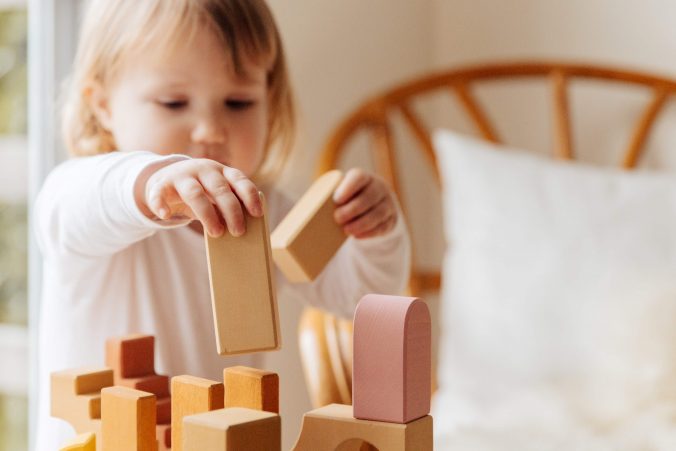

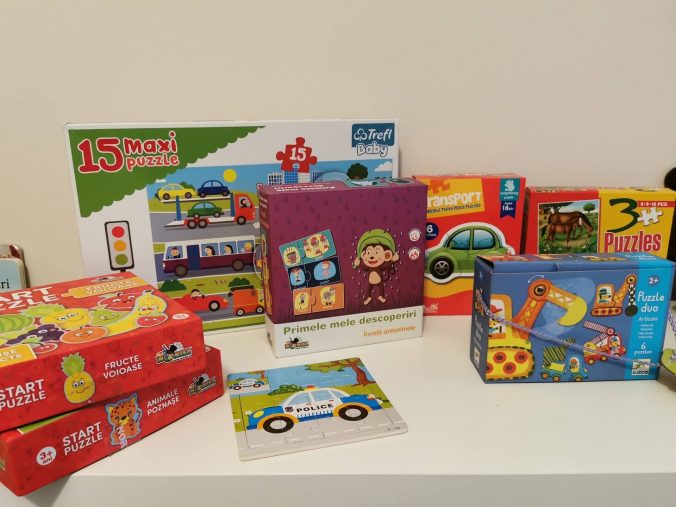

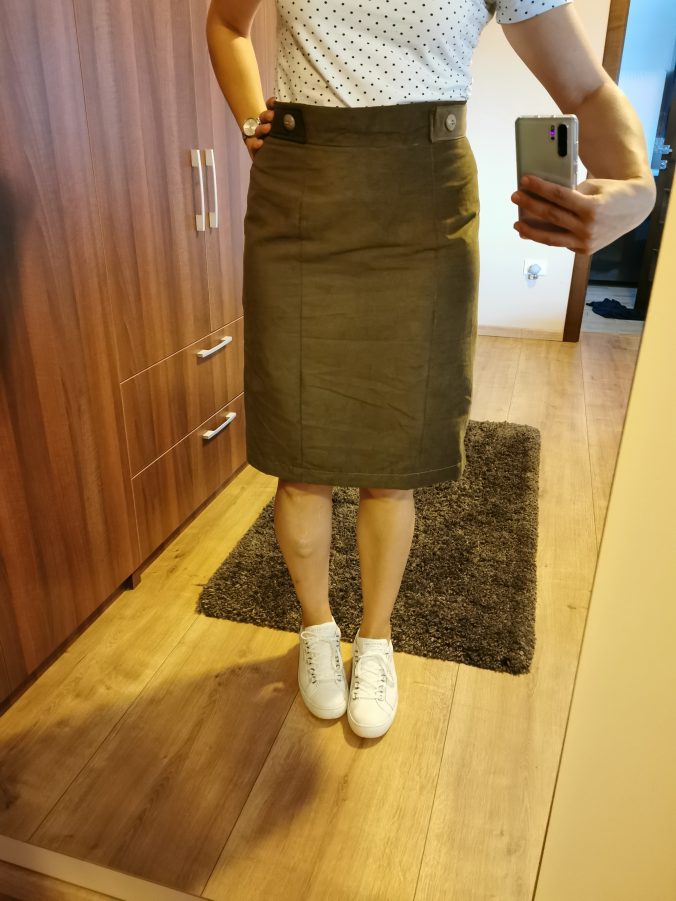


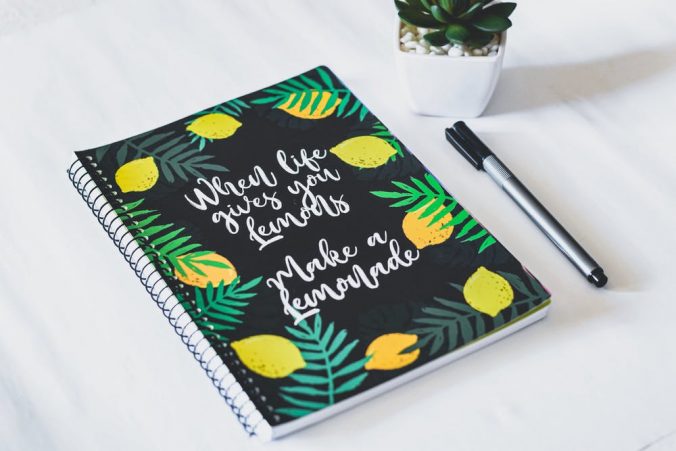
Recent Comments